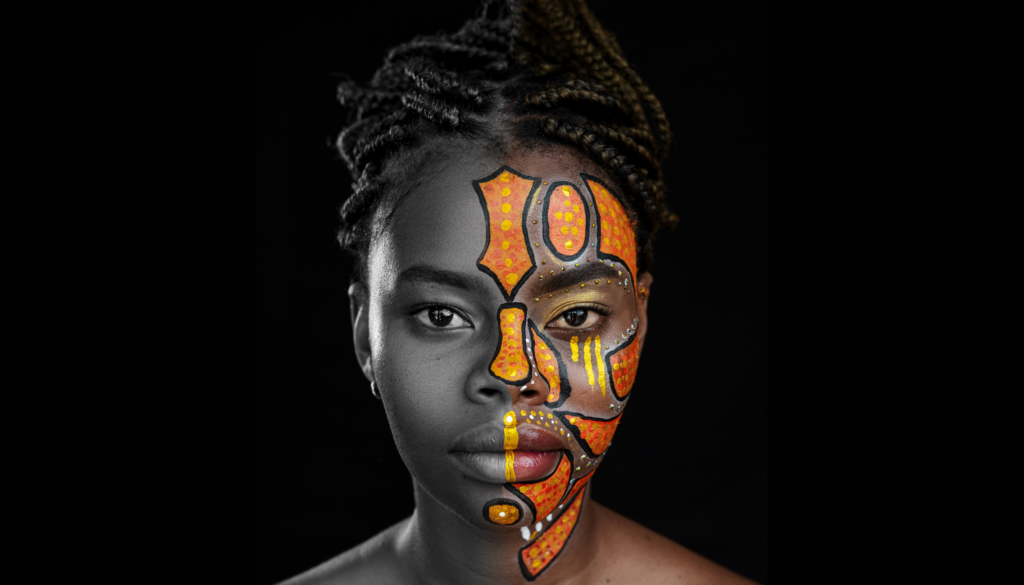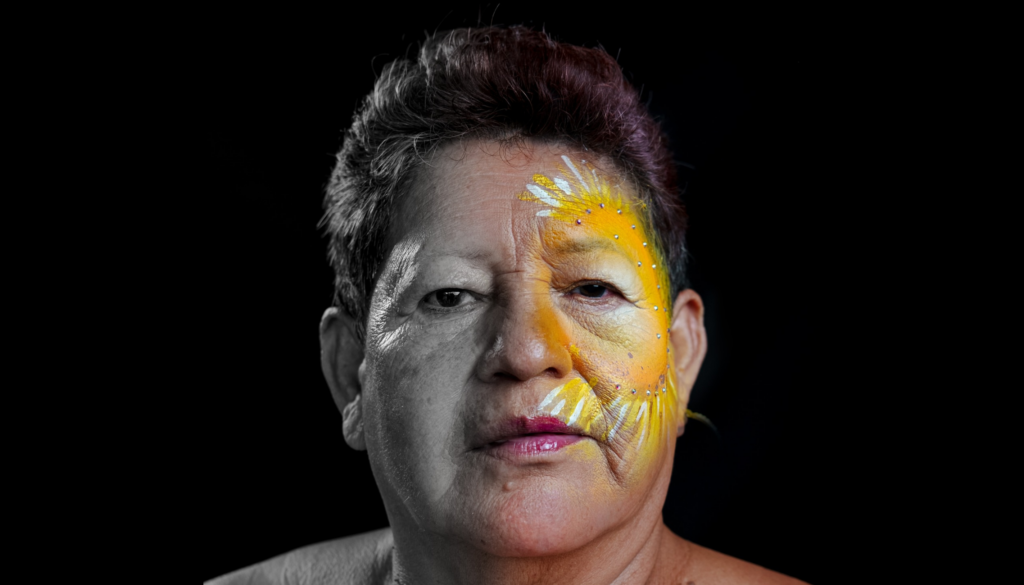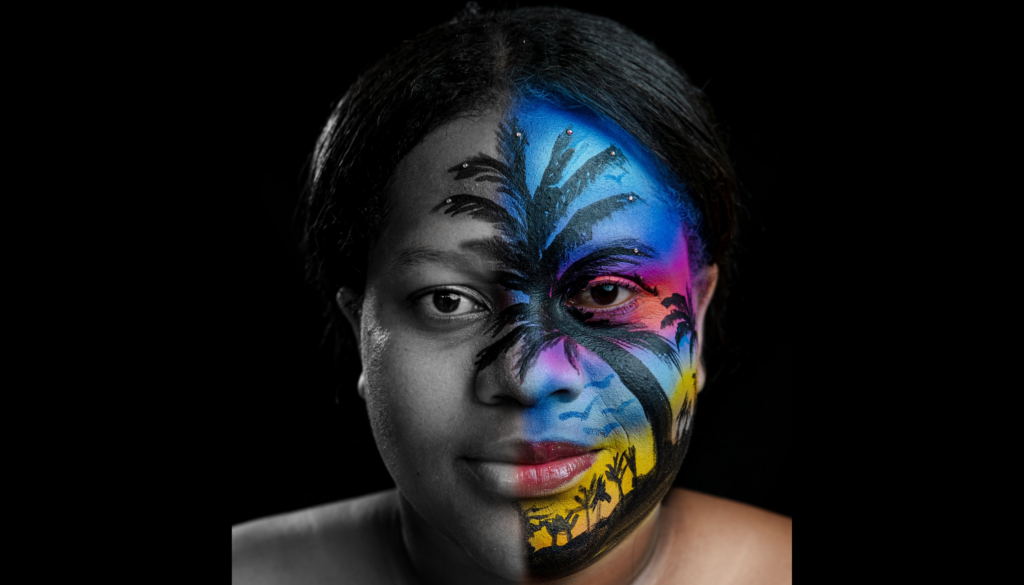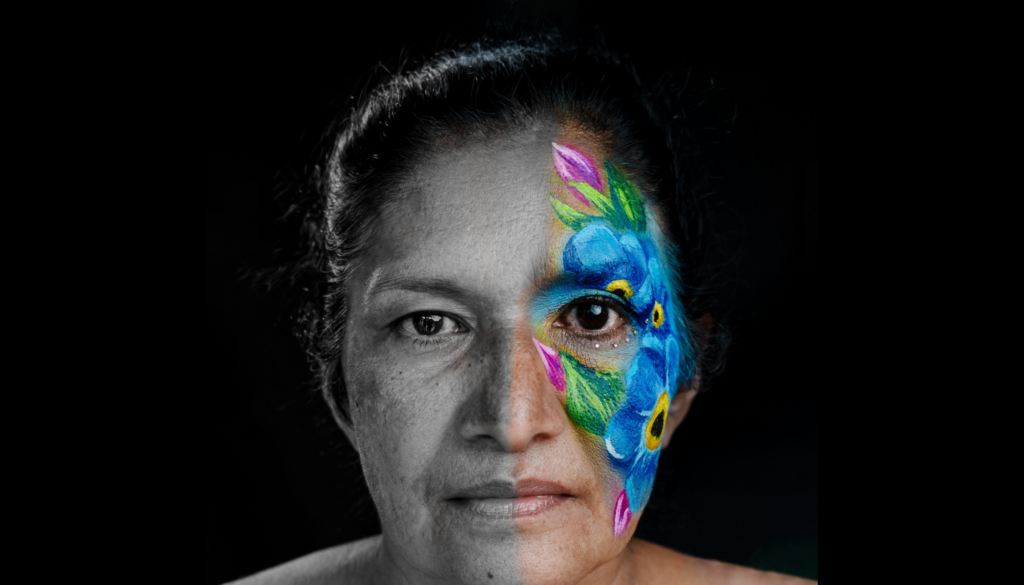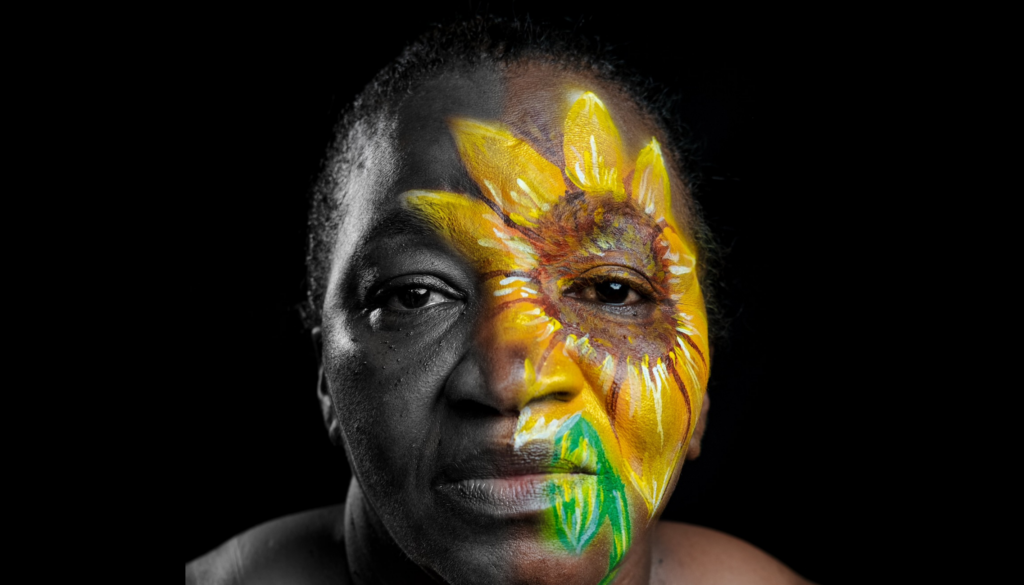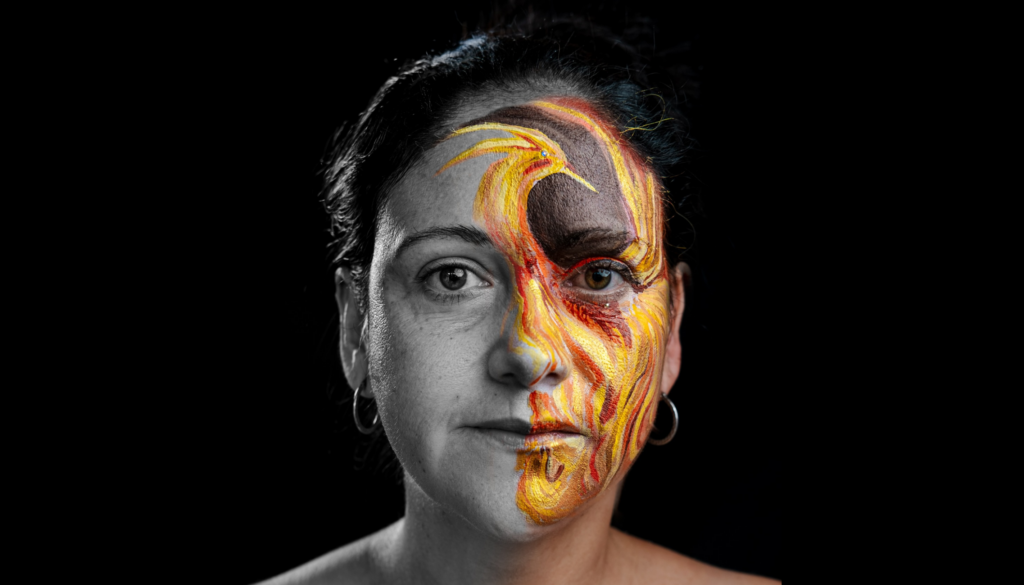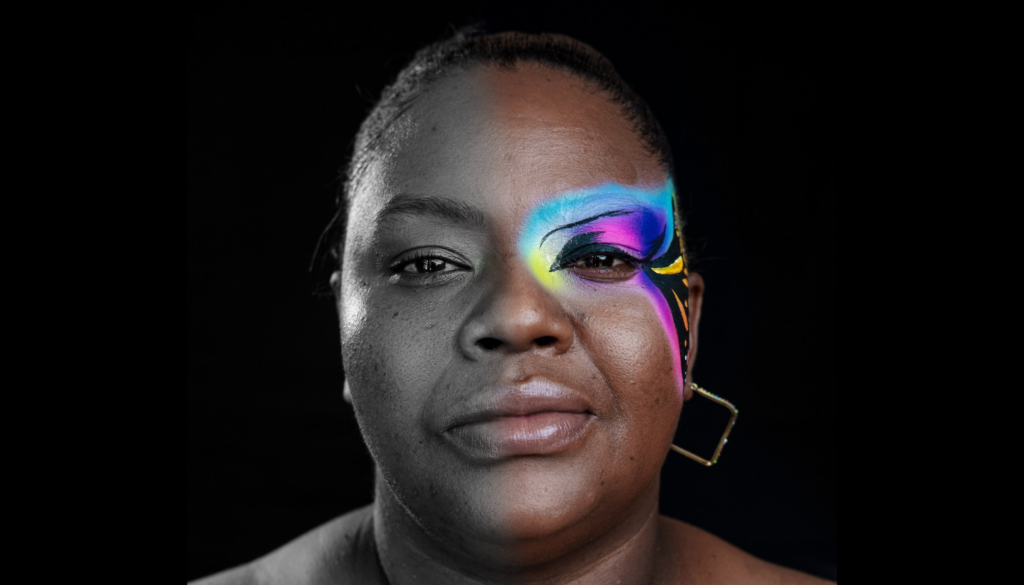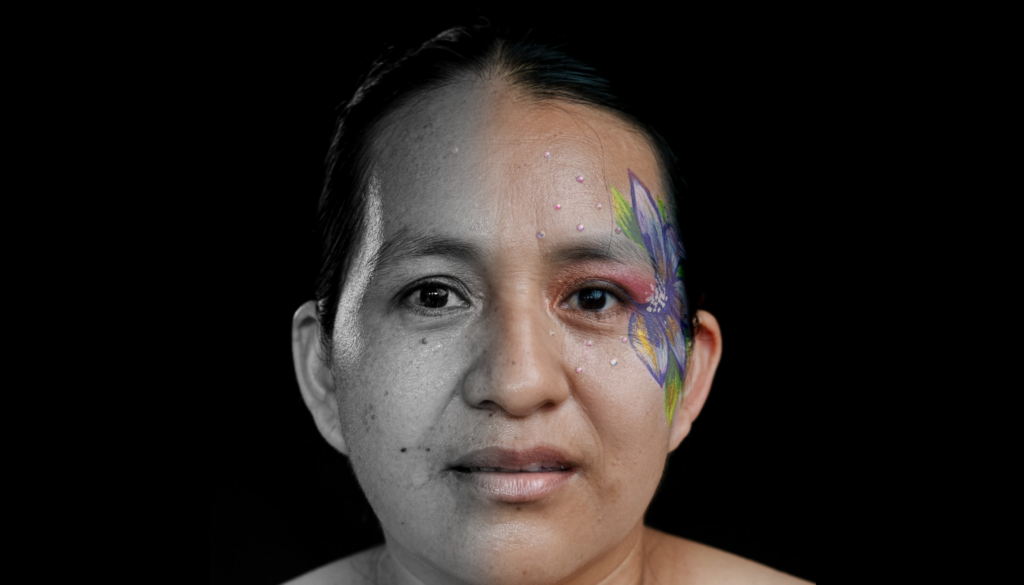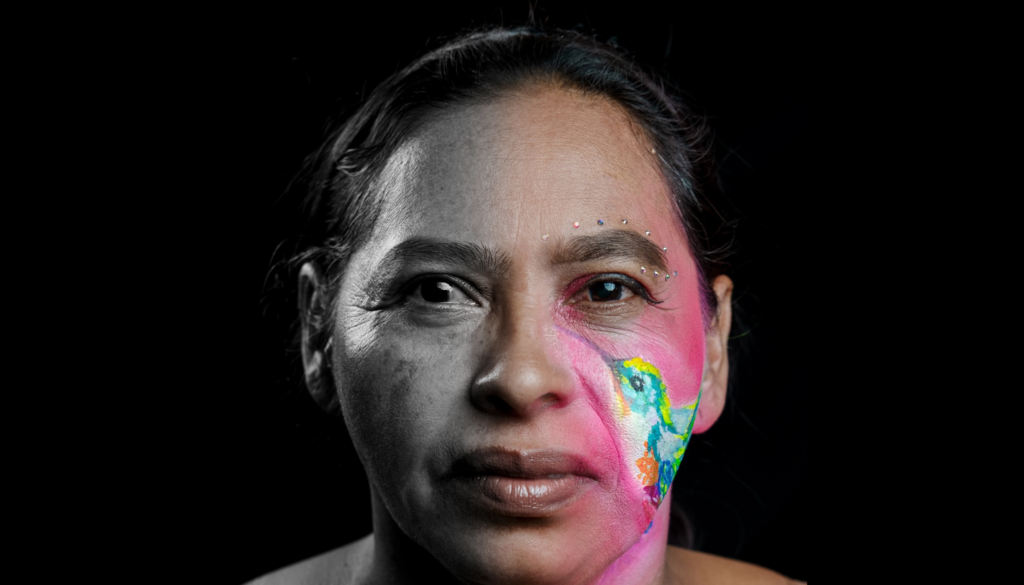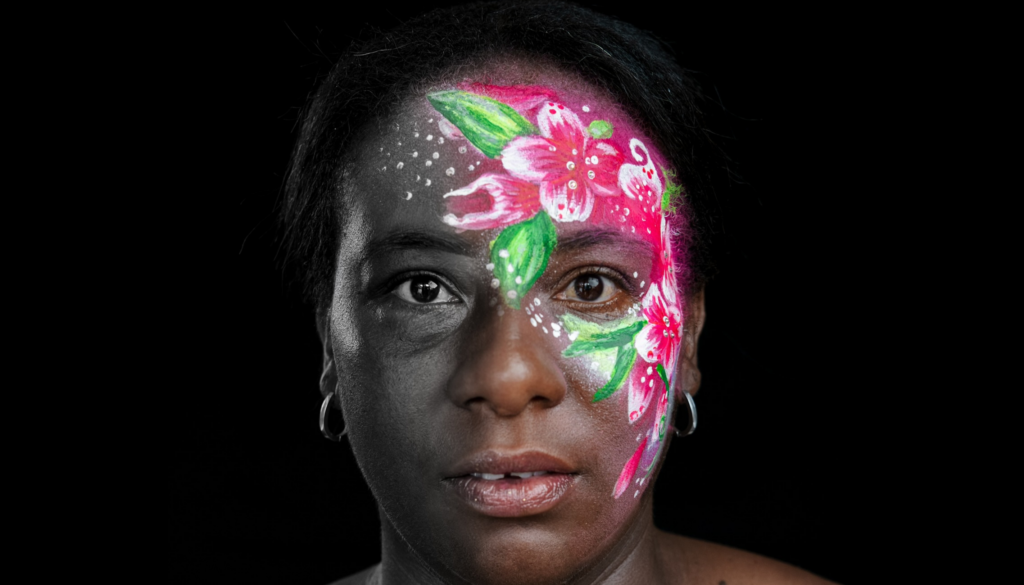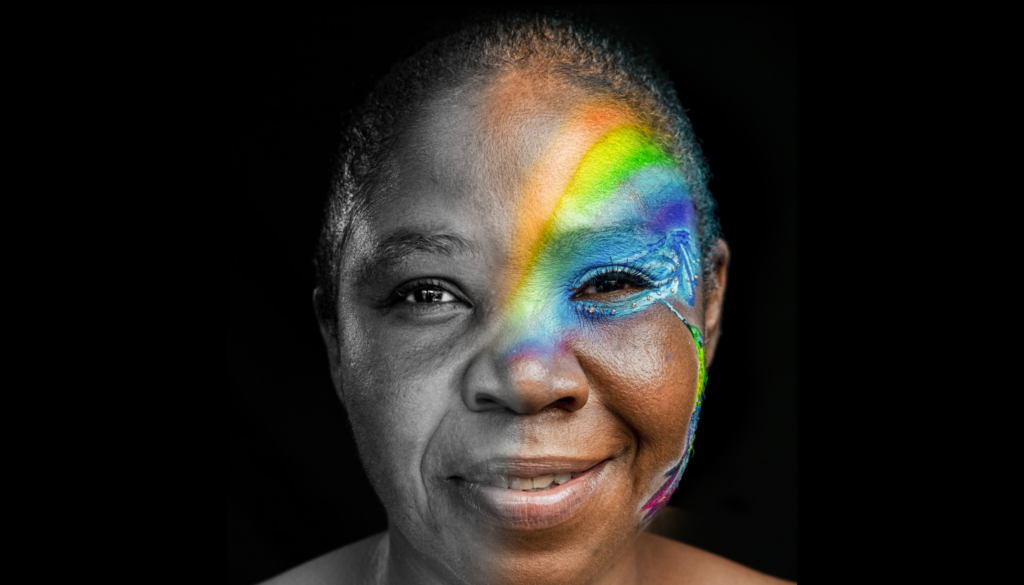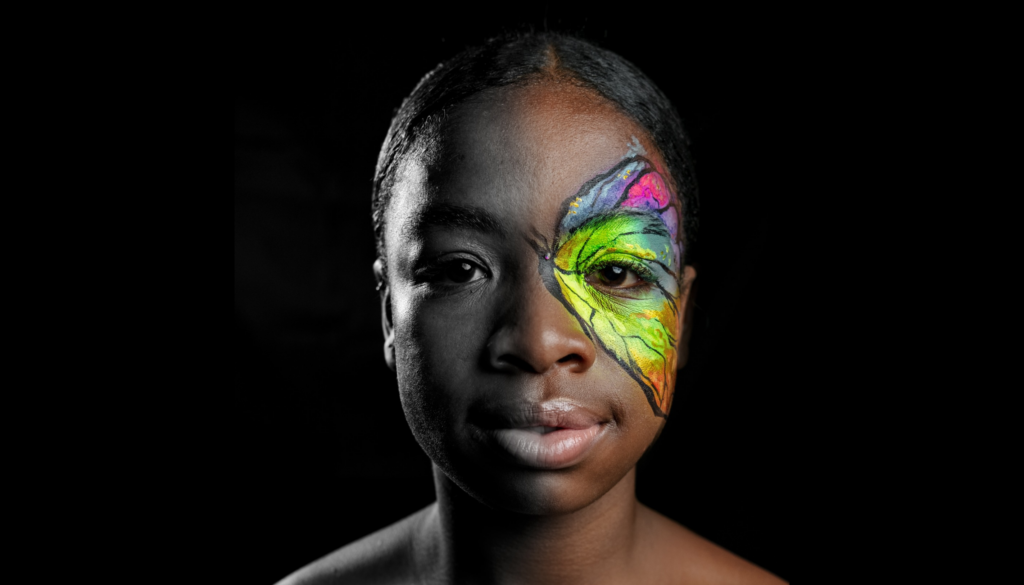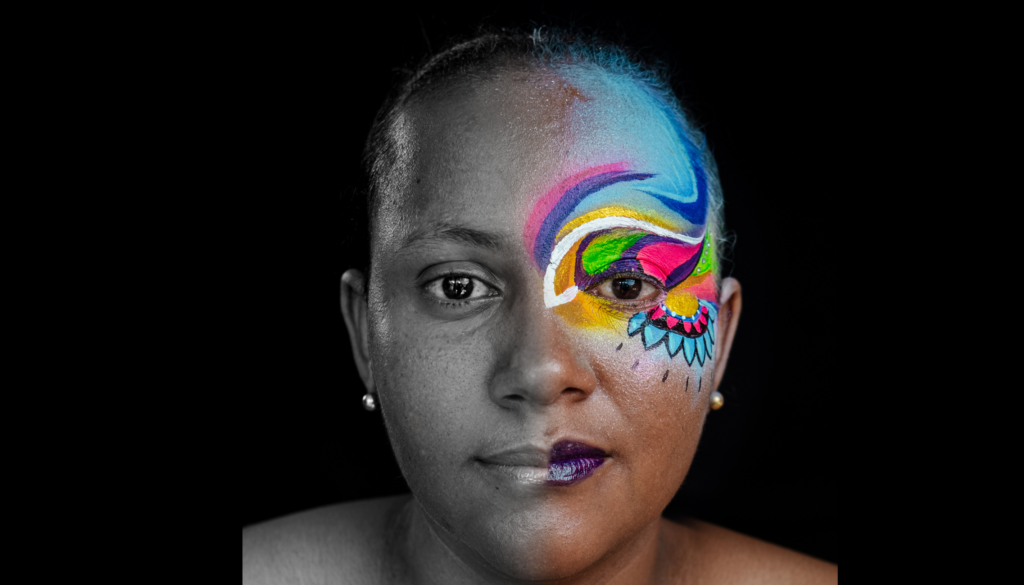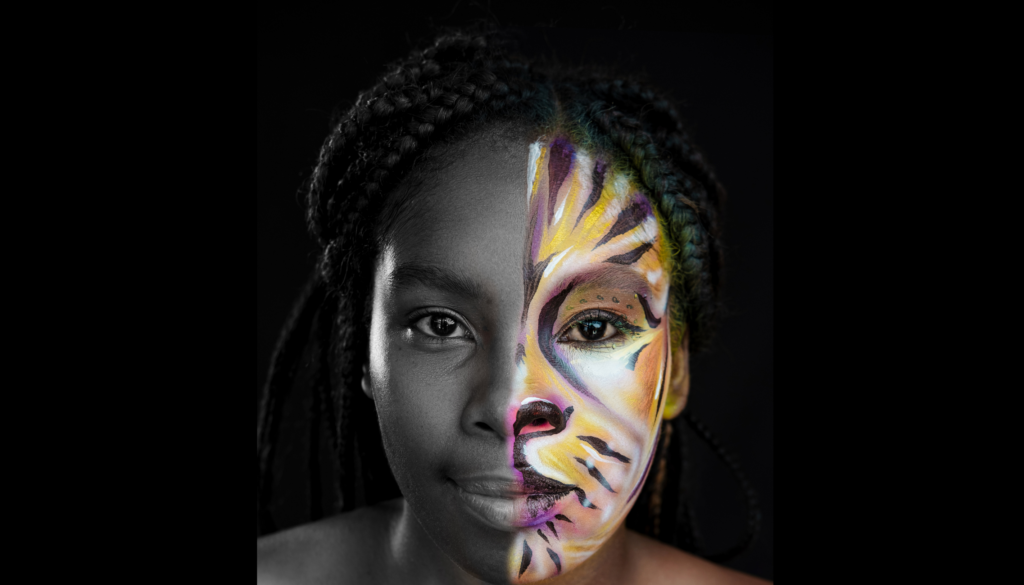View the gallery of portraits below.
In the heart of Santander de Quilichao, Colombia, a group of women from the Betania neighborhood has formed a powerful support system to help each other recover from violence they have endured.
Their bond started in a mutual support group, a psychologist-led group designed for processing trauma and connecting with neighbors. For these women, seeing strength in others that they once failed to see in themselves was a crucial step to begin healing. They realized that they are not alone.
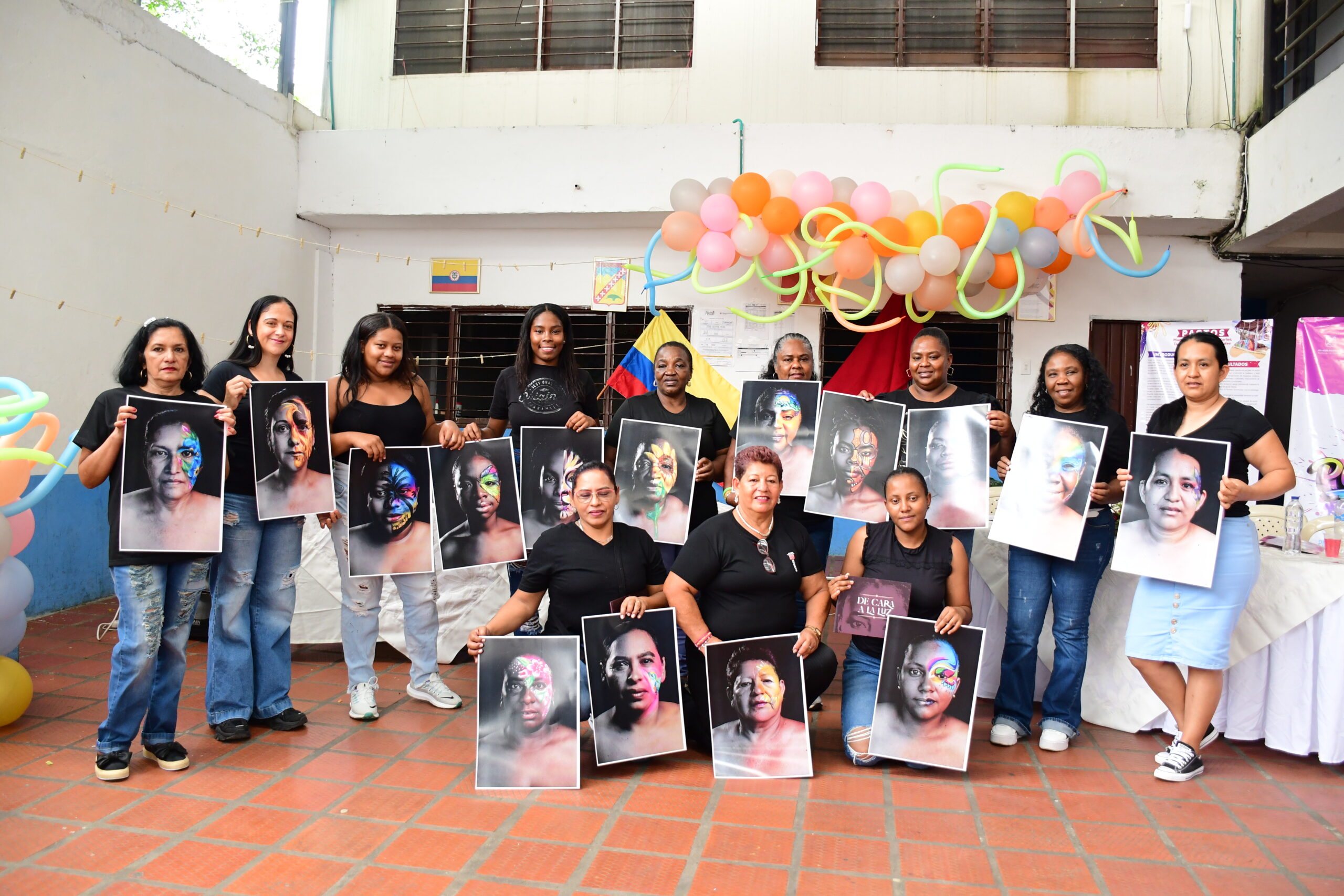
Women from the Betania mutual support group celebrated the anniversary of the initiative by sharing their collective memory project, a book of portraits and stories, with the community.
Mutual support groups are an integral component of Closing Gaps, a USAID Bureau for Humanitarian Assistance-funded program implemented by Blumont that focuses on healing and recovery after conflict and violence. In Santander de Quilichao, our Closing Gaps team worked with the municipality’s PACTOS program, their community rehabilitation and development initiative, to reach people that have experienced trauma and displacement.
Group participants meet regularly to share their stories, fears, and hopes. Guided by a psychologist on our team, they have learned to express themselves, value their experiences, overcome fears, and rediscover inner strength. “All the women allowed themselves to tell all those stories anchored in pain that they had never been able to talk about,” said Claudia, the psychologist supporting them on this journey. “In these meetings, they gave themselves the opportunity to heal.”
“This process has been wonderful for me. It has given me the courage to speak and taught me to love myself, as well as strengthen and love others,” said Cecilia, one of the participants.
Ana Julia, another group member, shared the transformative impact of this process: “I have learned to be a communicative person, someone who is no longer afraid of others.”
To celebrate their journey of healing and growth, the group undertook a collective memory project to mark the end of the program. They created a photo book titled “De Cara a la Luz” (“Facing the Light”), which includes their personal testimonies and learnings. On each page, their stories are complemented by portraits of each woman, their faces half painted in striking colors. While the women appear in black and white on one side of the photos, in the other half, they are in full color, their faces representing emergence from hard times.
Together, these women have rewritten their stories and discovered resilience and strength within themselves. Now, they are ready to show others their transformation.

